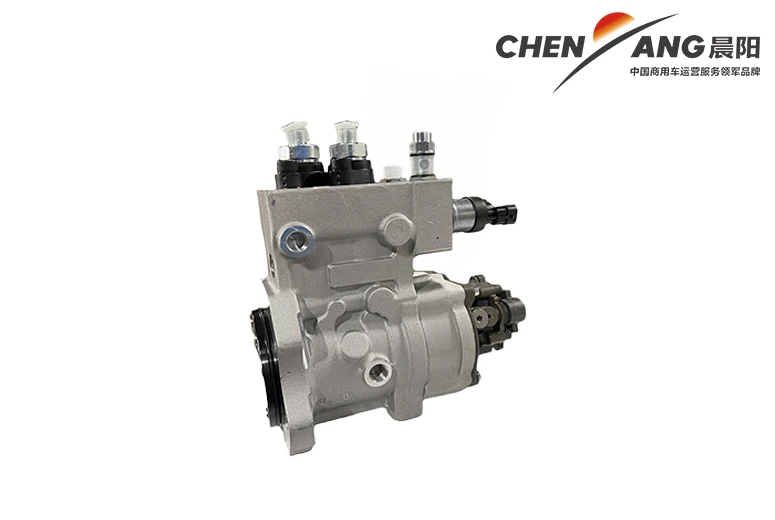engine intake
Understanding Engine Intake Function, Mechanisms, and Importance
The engine intake system is a pivotal component of an internal combustion engine, playing a crucial role in the overall performance, efficiency, and emissions of modern vehicles. Understanding how the engine intake works, its components, and its significance can help enthusiasts and everyday drivers appreciate the intricacies of automotive engineering.
What is Engine Intake?
The intake system is responsible for drawing air into the engine's combustion chamber, where it mixes with fuel for the combustion process. The primary objective is to deliver a precise air-fuel mixture that ensures optimal engine performance and efficiency. There are several key components involved in the intake system, including the intake manifold, throttle body, air filter, and various sensors that monitor air volume and density.
Components of the Intake System
1. Air Filter The air filter is the first line of defense, preventing dirt, dust, and other debris from entering the engine. A clean air filter is essential for maintaining engine health and ensuring smooth airflow.
2. Throttle Body The throttle body controls the amount of air entering the engine. When the driver presses the accelerator pedal, the throttle body opens up, allowing more air to flow in. This is a crucial element for engine responsiveness.
3. Intake Manifold The intake manifold distributes the incoming air to the engine's cylinders. The design of the manifold can significantly influence engine performance, as it affects how air is distributed among the cylinders.
4. Mass Airflow Sensor (MAF) This sensor measures the amount of air entering the engine, providing the engine control unit (ECU) with data to calculate the optimal air-fuel mixture. Accurate readings from the MAF sensor are essential for efficient combustion and engine operation.
5. Variable Intake System Some modern engines feature variable intake systems that can adjust the length of the intake runners based on engine RPM. This enhances performance across a wider range of engine speeds, improving both torque and horsepower.
The Importance of Engine Intake
engine intake

The efficiency of the engine intake system directly affects vehicle performance
. A well-designed intake system can1. Enhance Power Output By improving the airflow into the engine, performance can be significantly increased. More air means more fuel can be burned, leading to higher power and torque.
2. Improve Fuel Efficiency An optimized intake system can enhance fuel efficiency by ensuring that the engine receives the right amount of air, maximizing combustion efficiency. This can lead to better mileage—something every driver desires.
3. Reduce Emissions Proper air-fuel mixing facilitated by an efficient intake system can result in more complete combustion, reducing harmful emissions. This is especially relevant in today's world, where environmental regulations are becoming increasingly stringent.
4. Engine Longevity A clean and well-maintained intake system, particularly the air filter, helps prevent contaminants from entering the engine. This contributes to the engine's longevity by minimizing wear and tear.
Challenges and Innovations
Despite its importance, the engine intake system can face challenges. Common issues include clogging due to dirt accumulation in air filters, airflow restrictions from poorly designed manifolds, or failure of sensors like the MAF. Regular maintenance, including timely air filter changes and inspections of the intake system, can prevent these problems.
Innovations in engine intake systems, such as turbocharging and supercharging, have transformed the automotive landscape. These technologies compress the intake air, increasing its density, which allows for even more power output without significantly increasing engine size.
Conclusion
The engine intake system is a fundamental aspect of automotive engineering that warrants appreciation and understanding. Its role in enhancing performance, improving fuel efficiency, and reducing emissions is undeniable. As technologies continue to evolve, the importance of a sophisticated intake system will only grow, paving the way for more efficient and powerful engines in the future. Understanding this vital component not only helps car enthusiasts optimize their vehicles but also fosters a greater appreciation for the complexities involved in modern automotive design.
-
SINOTRUK HOWO 84 Electric Dump Truck for Eco-Friendly Heavy HaulingNewsJul.26,2025
-
The Fast 16-Gear Manual Transmission Assembly for Heavy TrucksNewsJul.25,2025
-
Mercedes Benz Actros 1848 42 Tractor Truck for Sale - Reliable PerformanceNewsJul.24,2025
-
High-Quality Water Pump Assembly for Sinotruk Trucks – Durable & ReliableNewsJul.23,2025
-
Premium Truck Engine Antifreeze Coolant Fluid for Heavy Duty VehiclesNewsJul.22,2025
-
FOTON View G7 Mini Bus: Affordable & Spacious TransportNewsJul.22,2025
Popular products

























